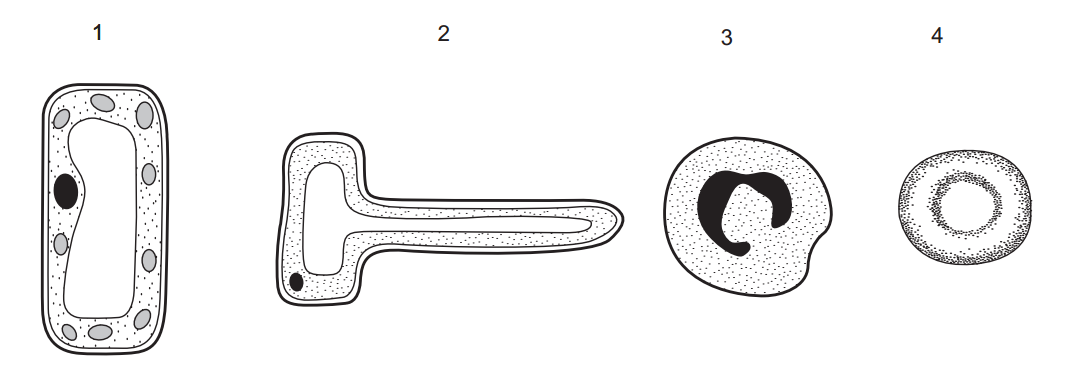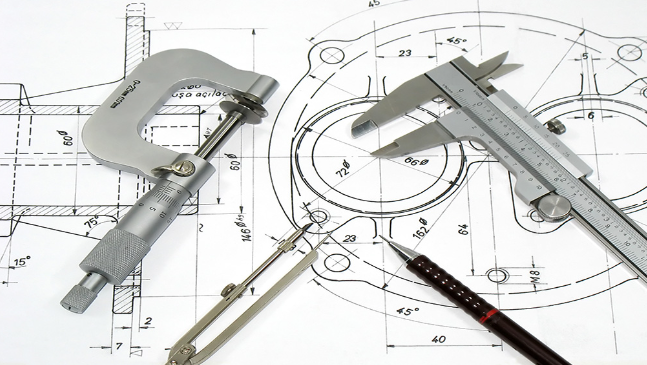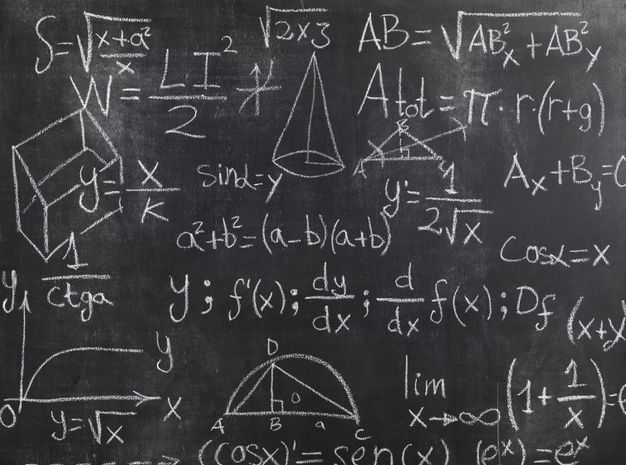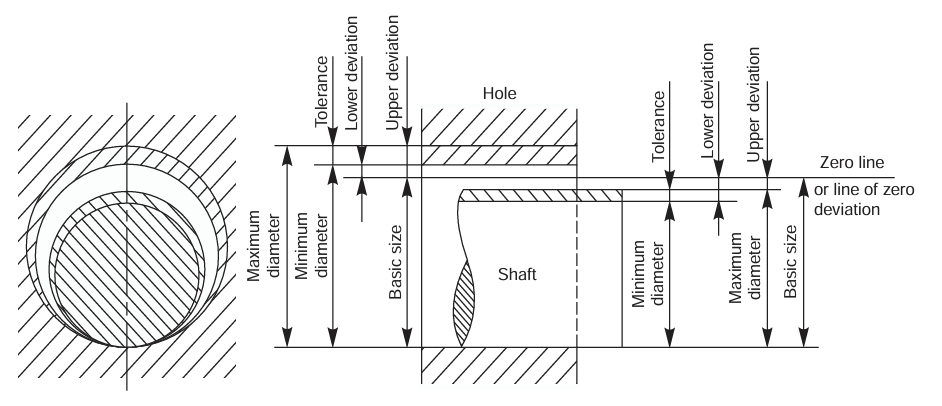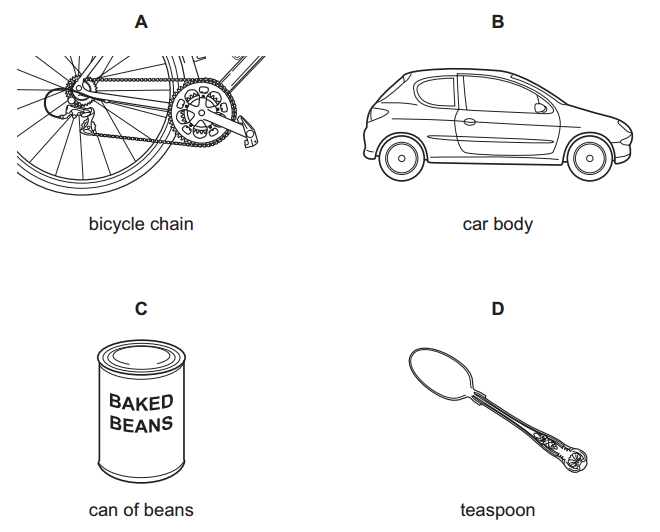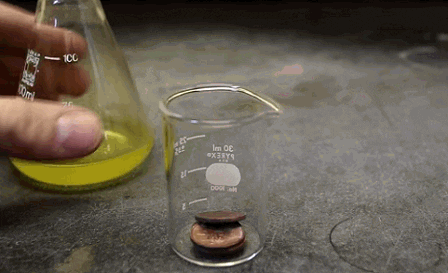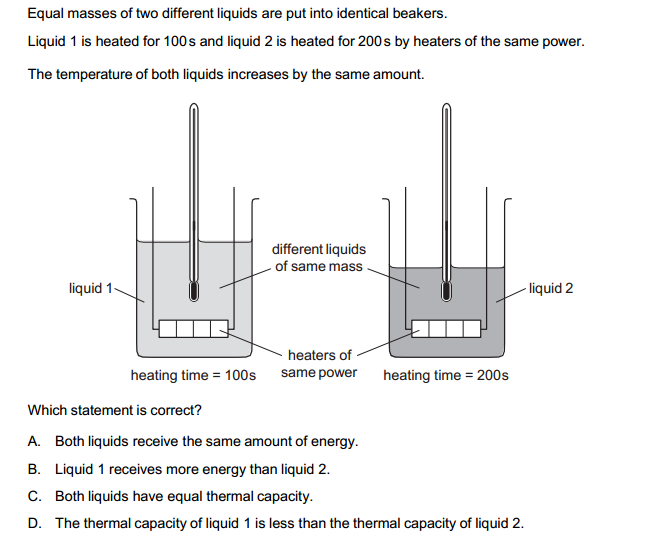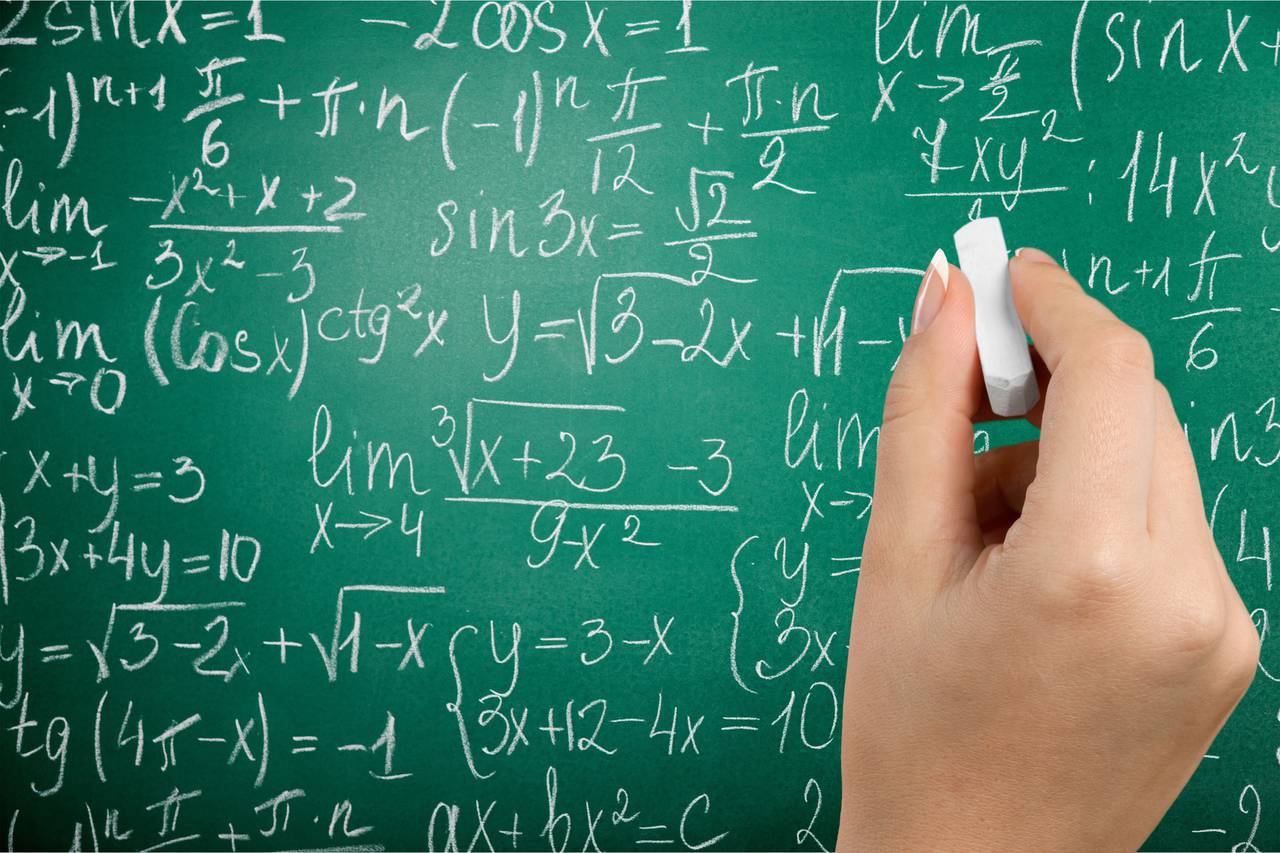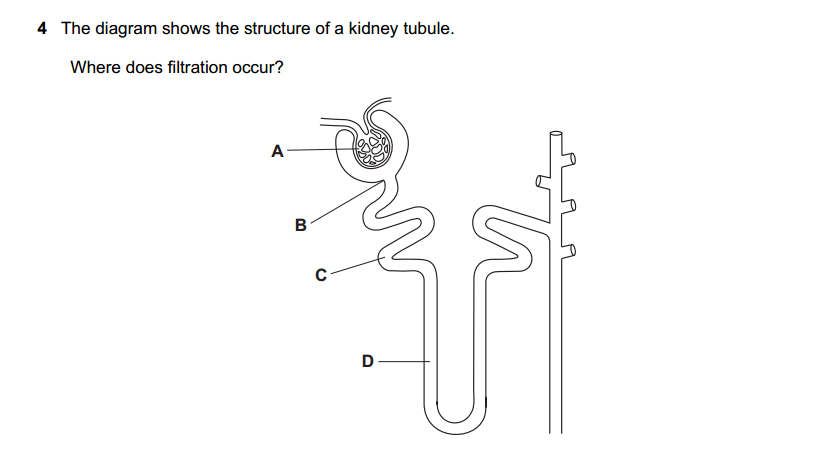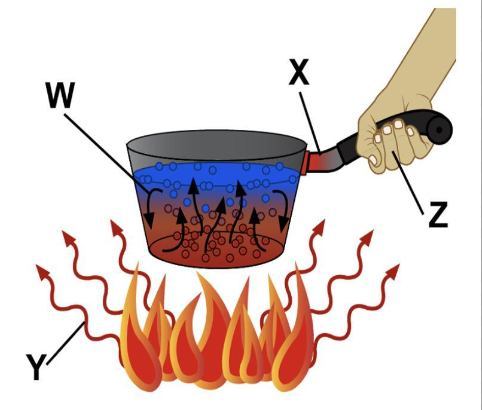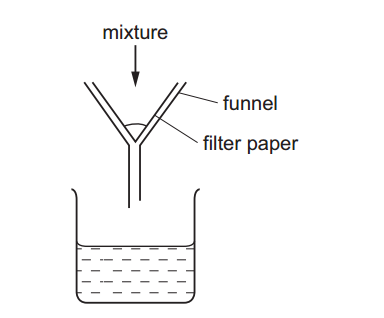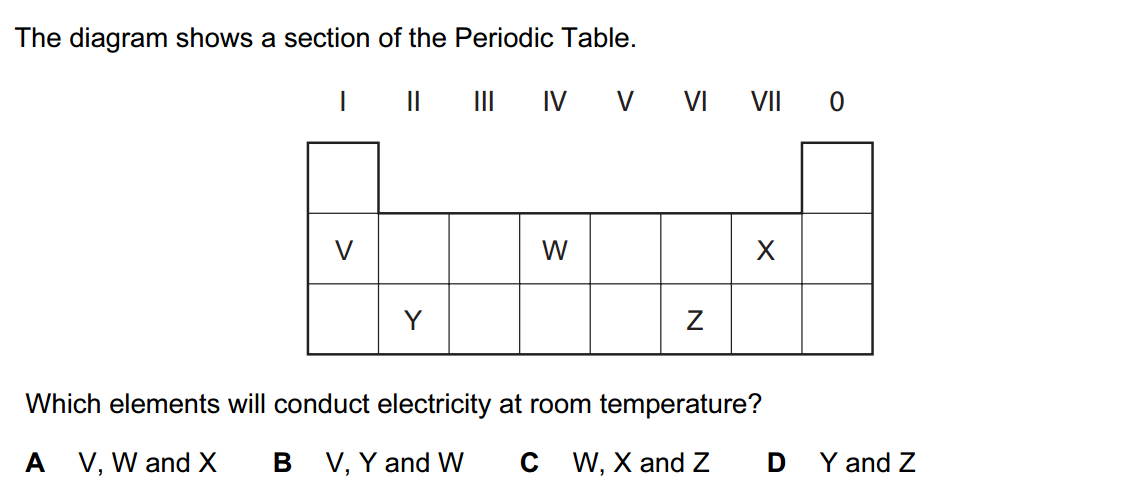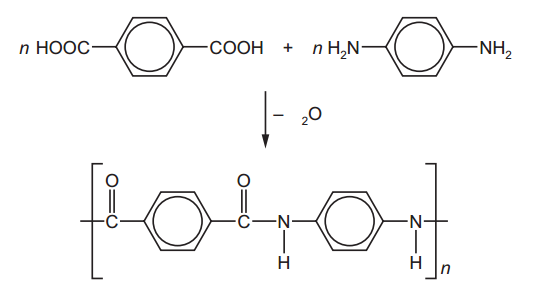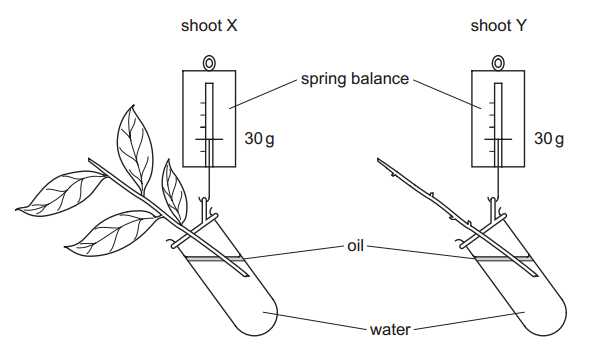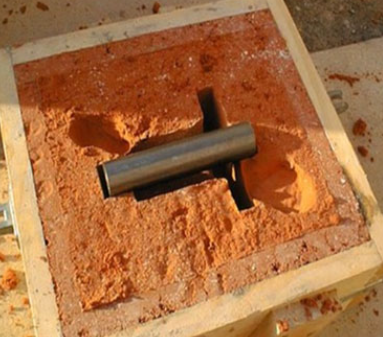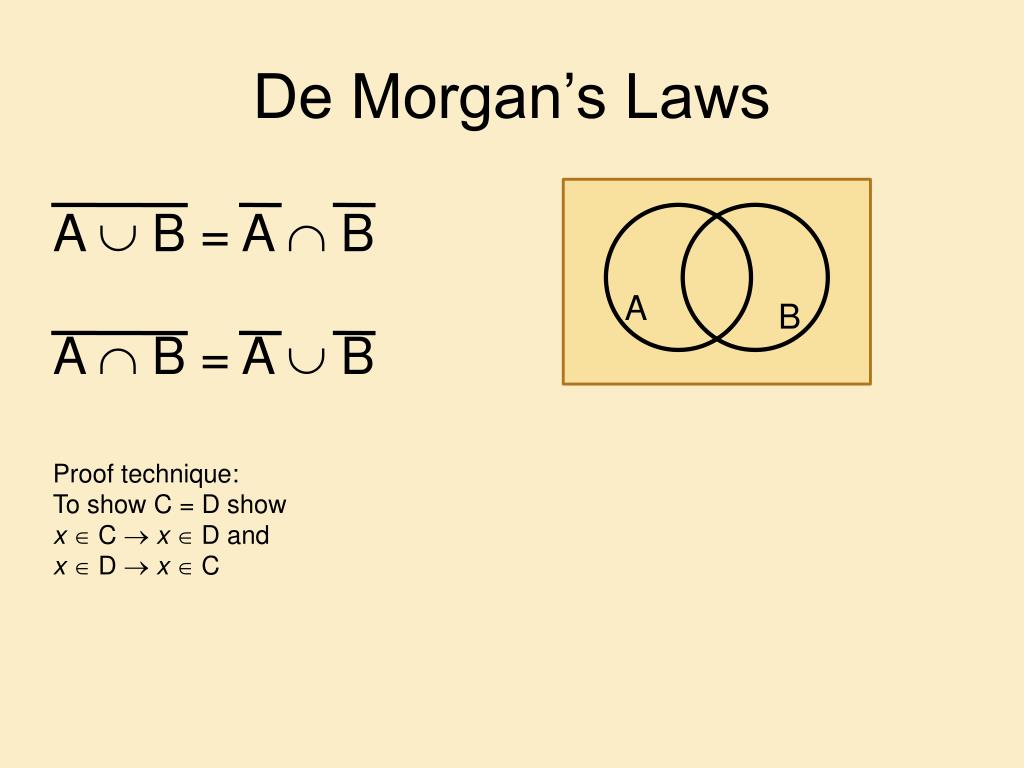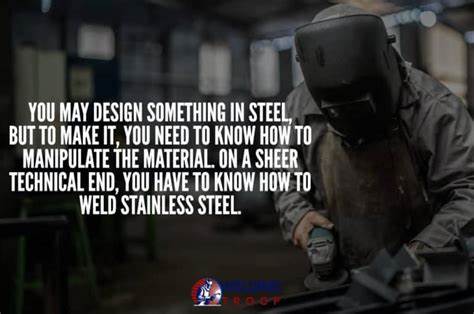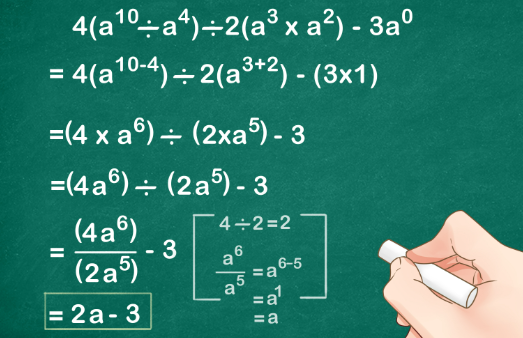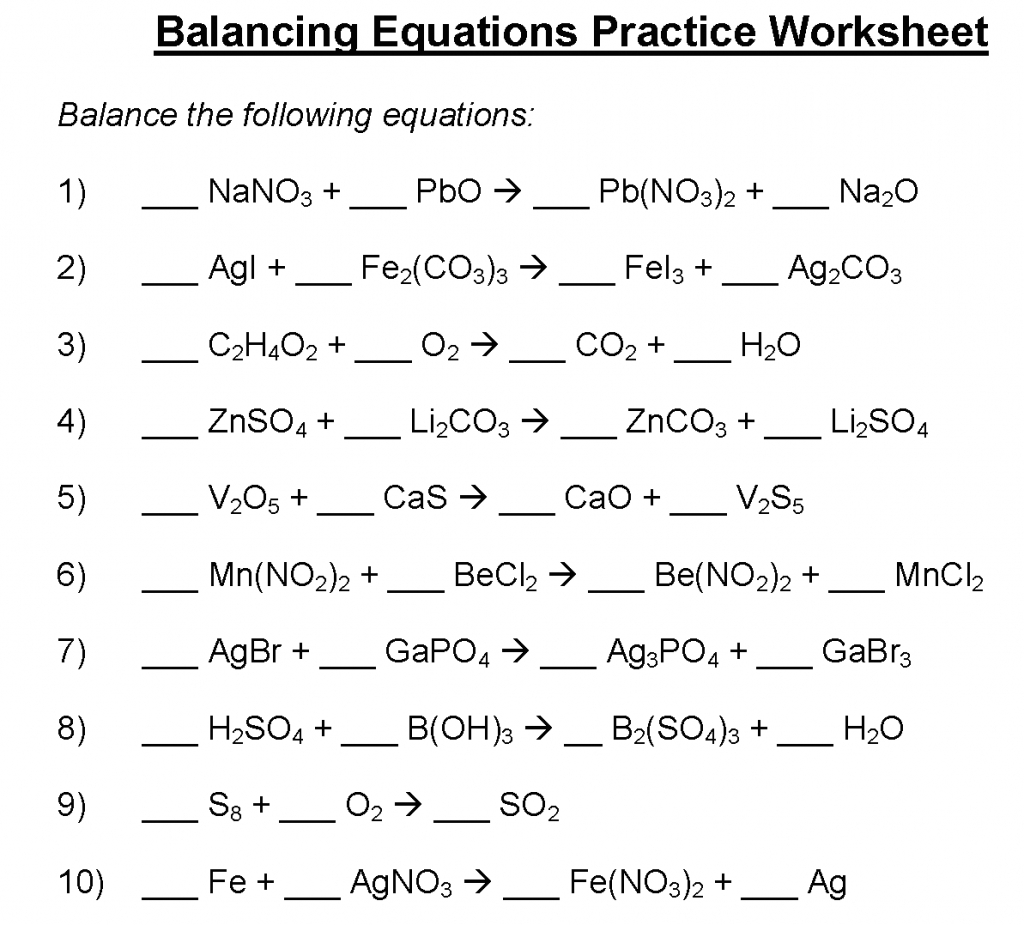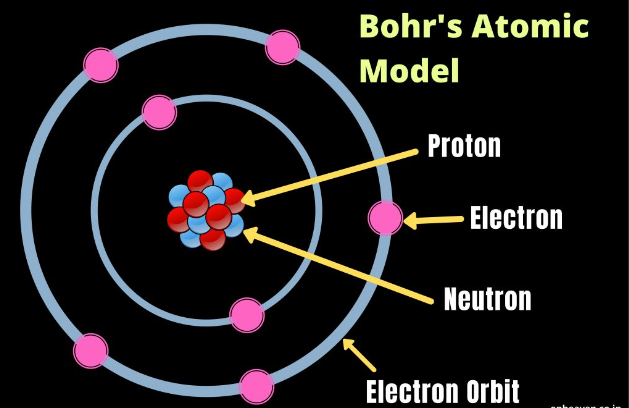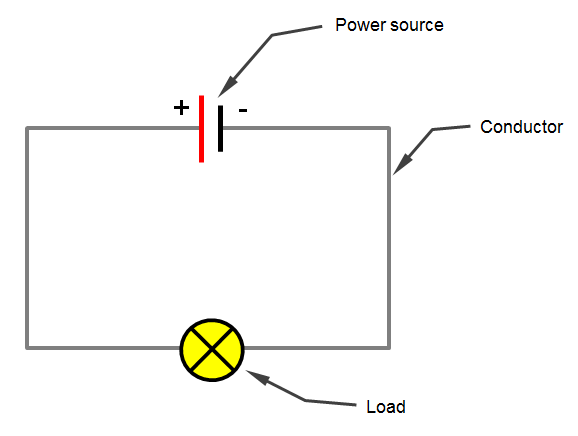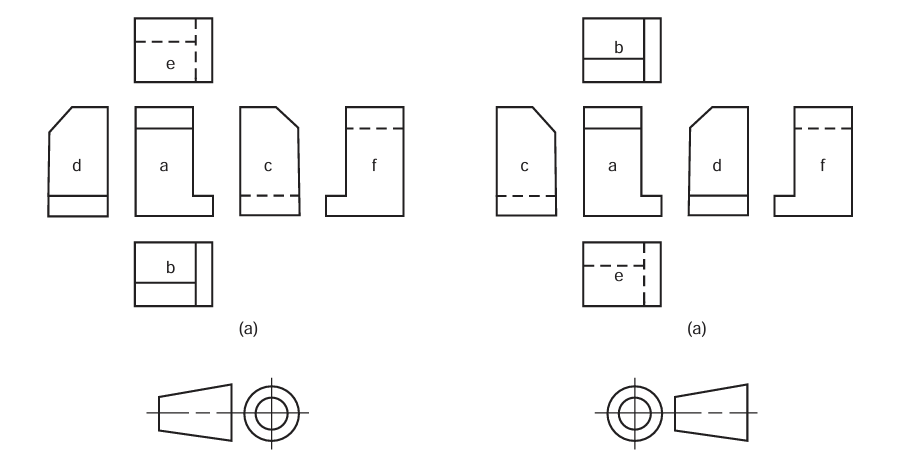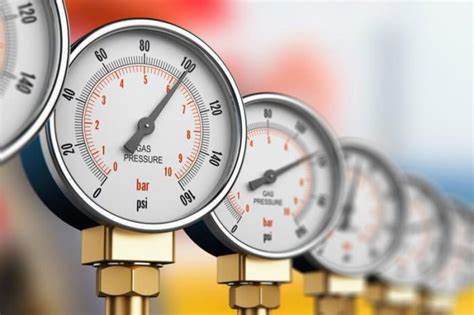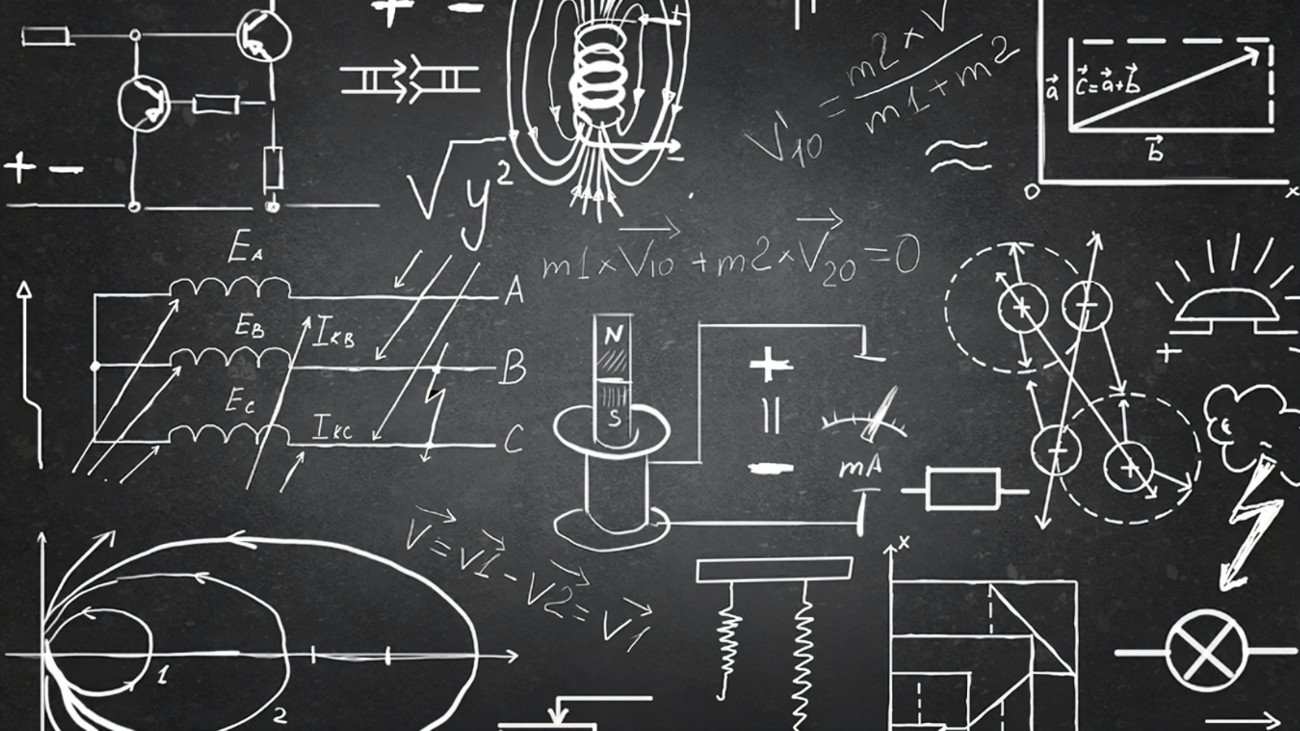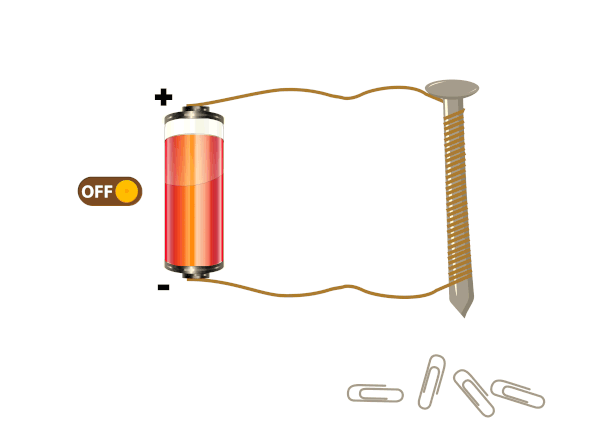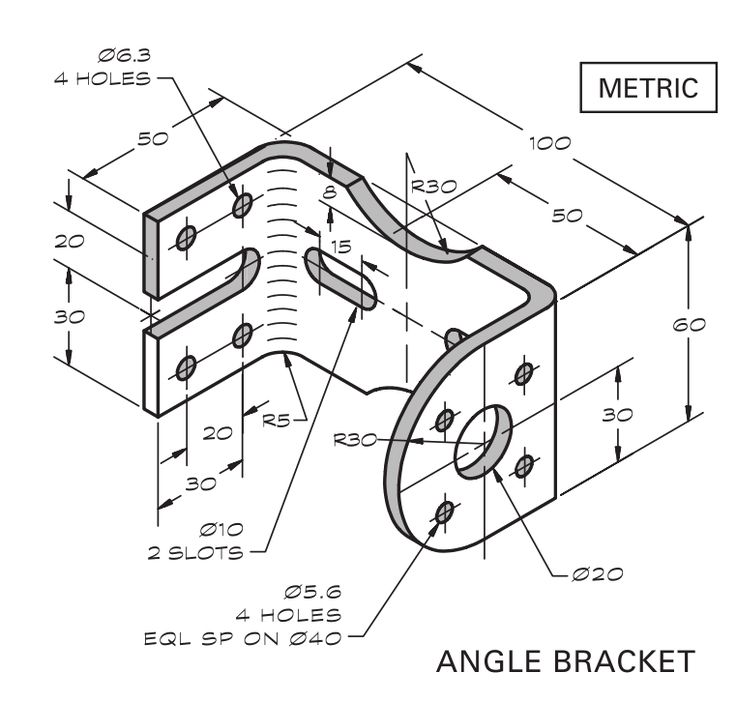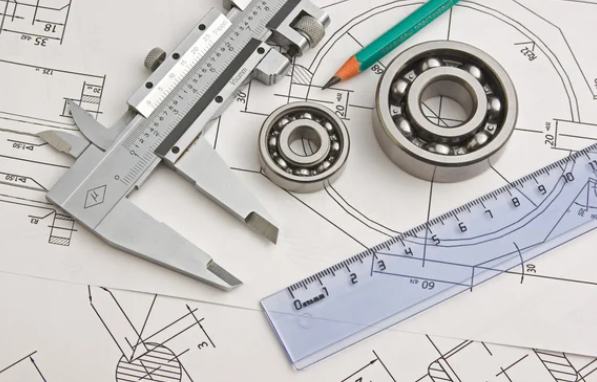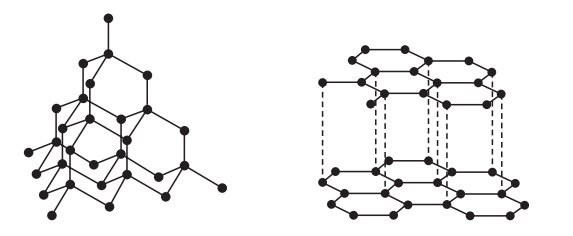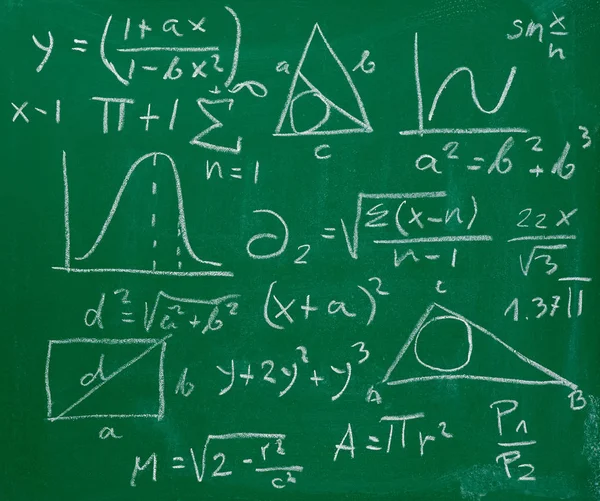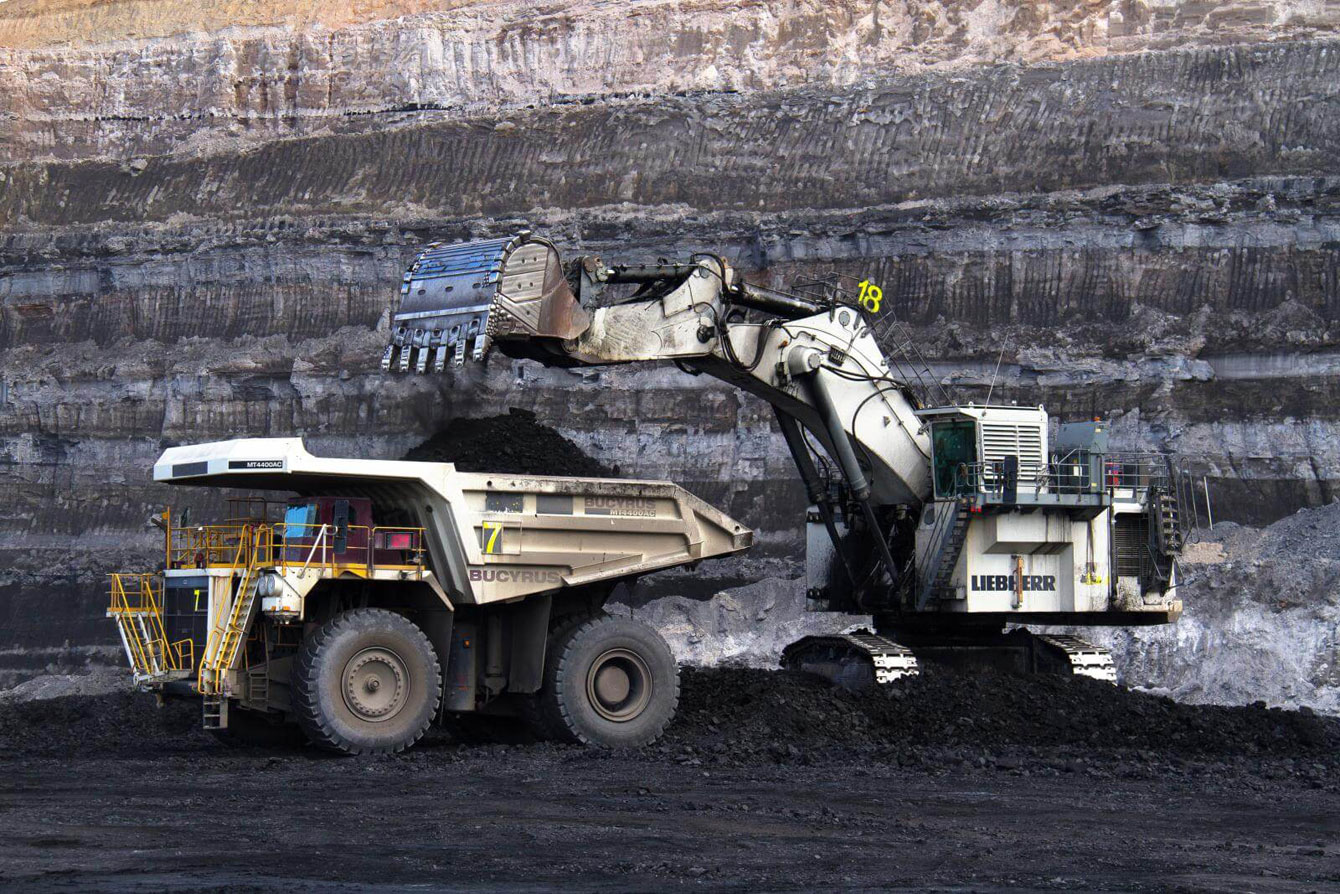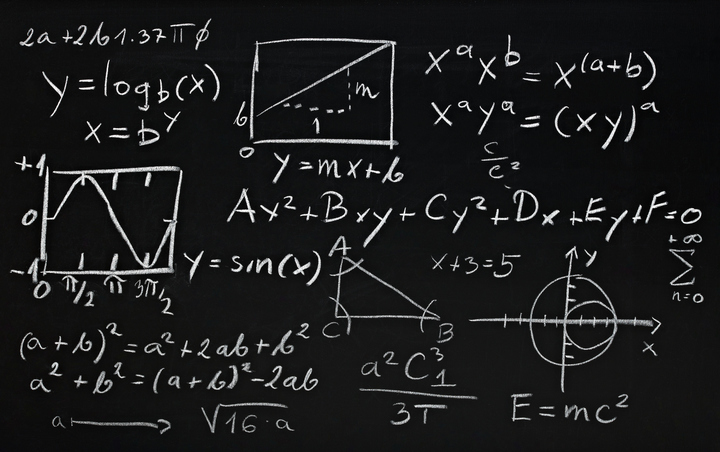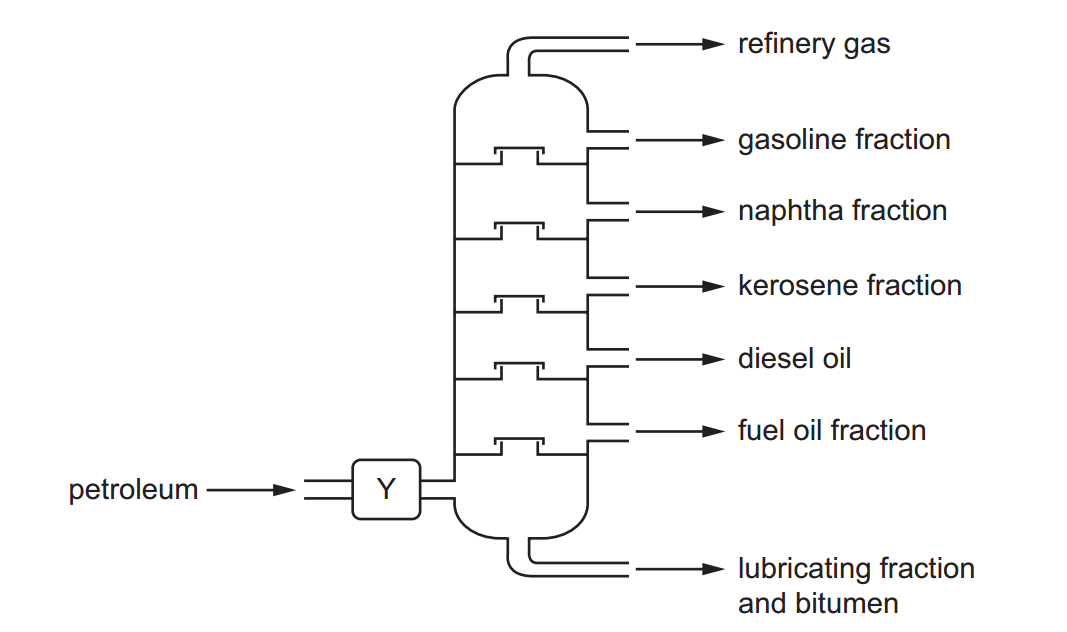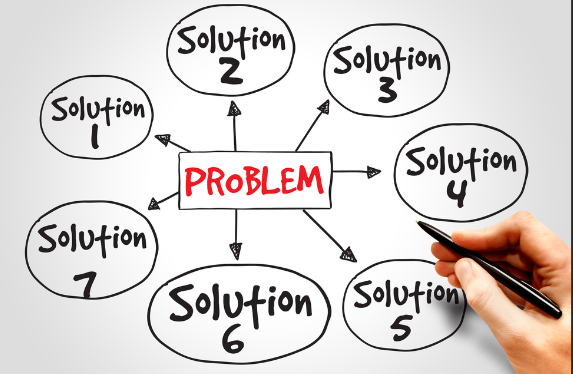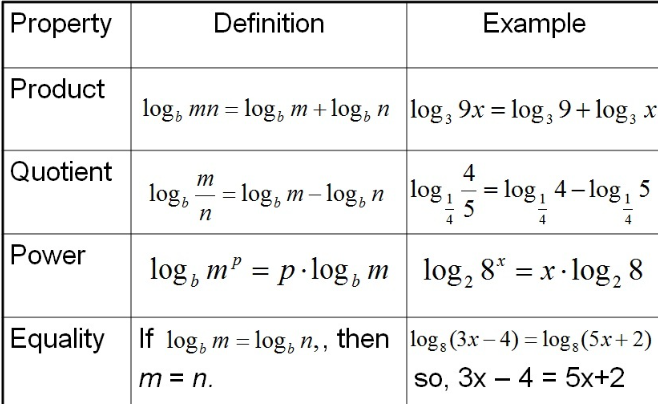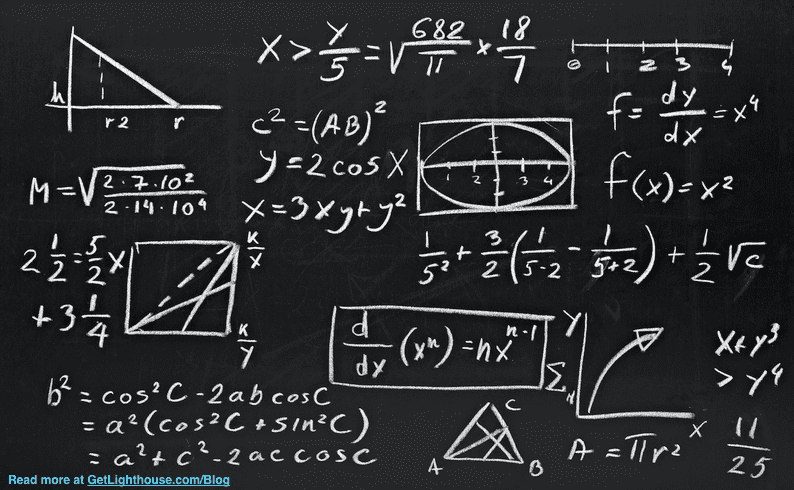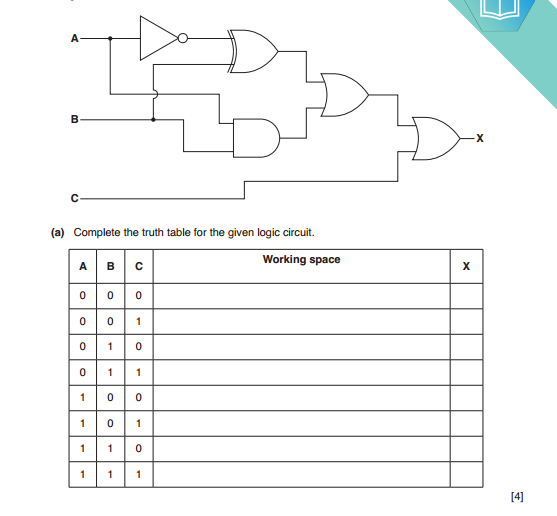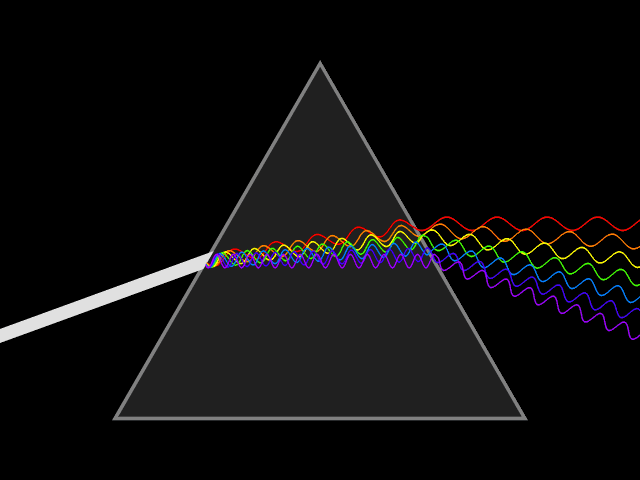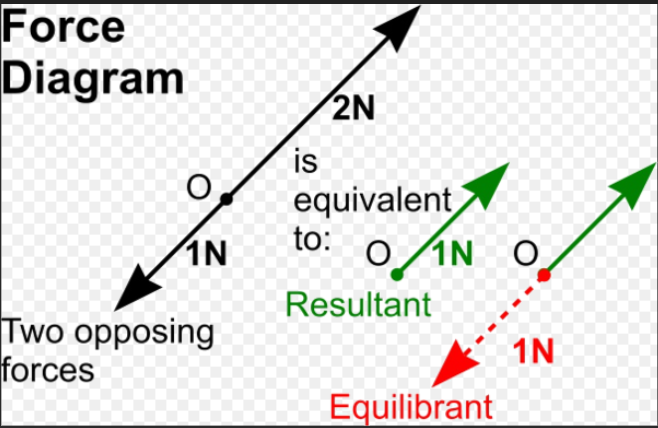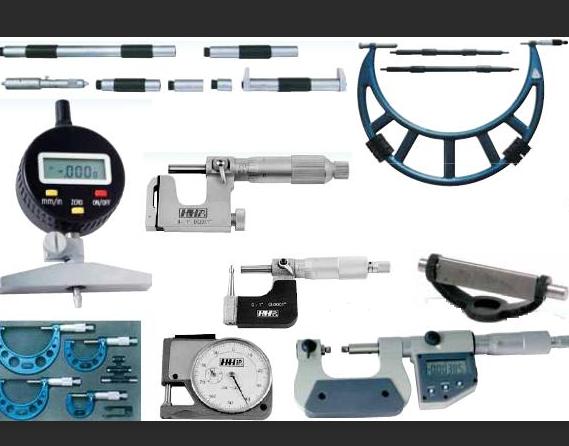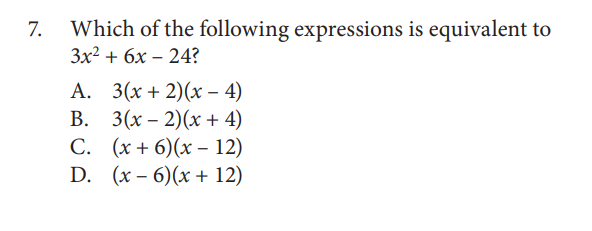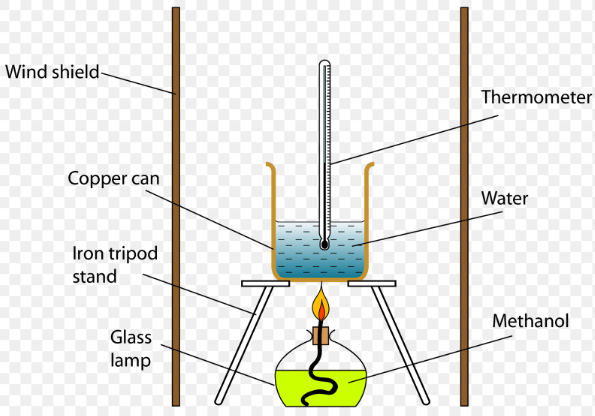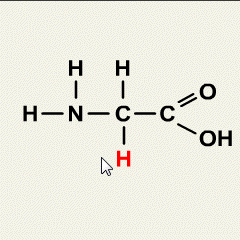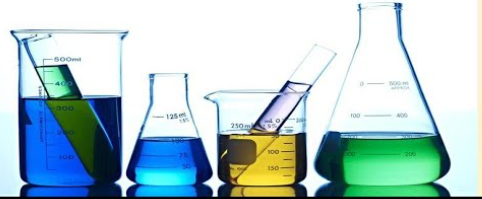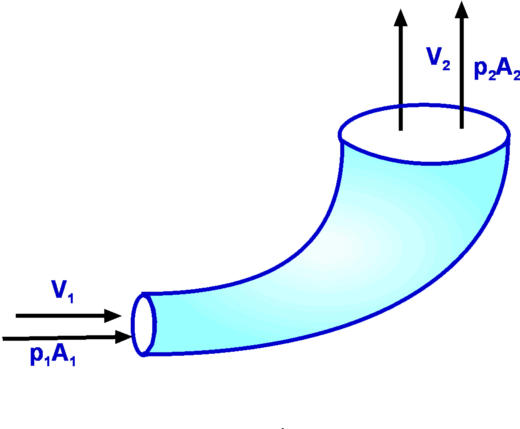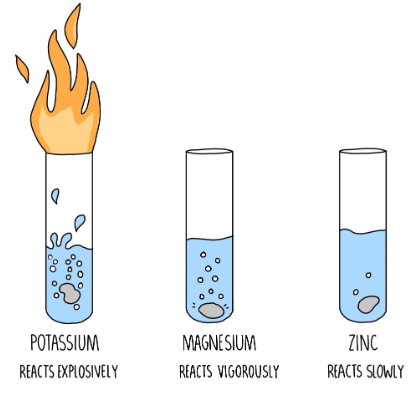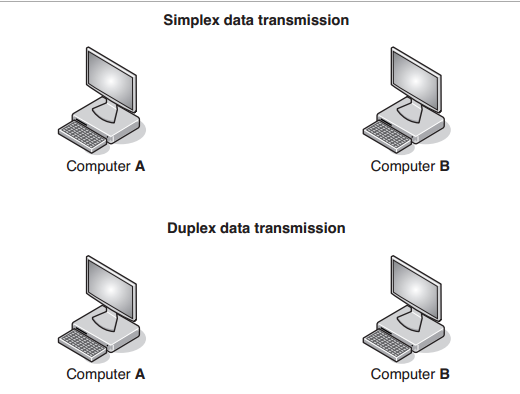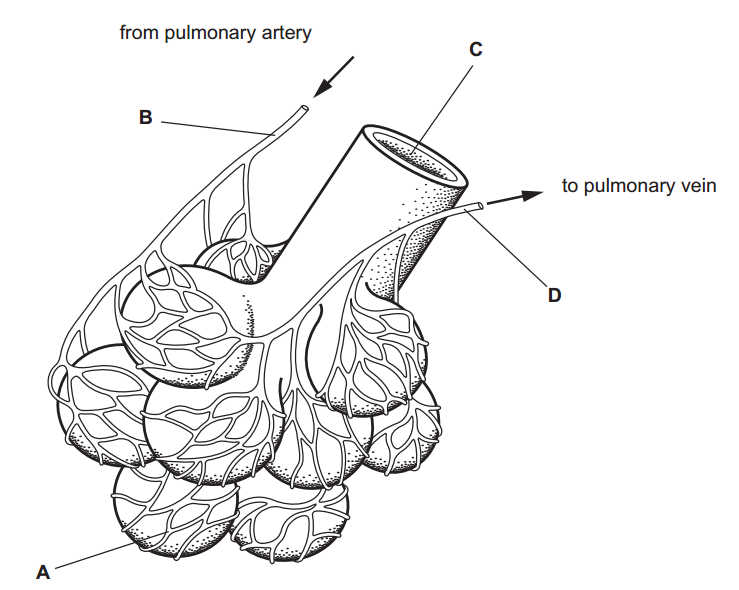Electrical insulators, also known as dielectrics, are materials that do not conduct electricity well. They have high electrical resistance and are used to prevent the flow of electric current. Insulators are vital in electrical and electronic systems to protect against electrical shock and to control and insulate electrical circuits. Here are some common electrical insulators and their applications:
- Rubber:
- Rubber is an excellent electrical insulator. It is commonly used for insulating wires and cables, as well as in the manufacturing of electrical gloves, mats, and boots for electrical safety.
- Glass:
- Glass is a good insulator and is used in the insulating layers of electronic devices like transistors and integrated circuits.
- Plastic:
- Various plastics, such as PVC (polyvinyl chloride), PE (polyethylene), and PTFE (polytetrafluoroethylene), are used as insulating materials for electrical wiring, cables, and in the construction of electrical enclosures.
- Ceramics:
- Ceramics like porcelain and alumina are used for insulating electrical conductors and in high-voltage insulators for power transmission lines.
- Mica:
- Mica is used as an insulator in electrical equipment, including capacitors and high-temperature applications like toasters and hairdryers.
- Wood:
- Wood is a natural insulator and is used for electrical utility poles, crossarms, and as an insulating material in some older electrical devices.
- Fiberglass:
- Fiberglass is used for electrical insulation in circuit boards, electrical switches, and components like insulating tape.
- Ceramic and Glass Insulators for Power Lines:
- High-voltage power lines use ceramic and glass insulators to support the conductors and keep them insulated from the towers and crossarms.
- Insulating Tapes:
- Rubber and plastic tapes are used for insulating and protecting electrical splices and connections.
- Electrical Bushings:
- Insulators in the form of bushings are used to insulate and connect electrical conductors to equipment like transformers and circuit breakers.
- Insulating Sleeves:
- These are used to insulate and protect wires and cables in high-temperature and high-voltage applications.
- Insulating Gaskets and Washers:
- These are used to electrically isolate different components within electrical equipment to prevent short circuits.
- Insulating Coatings:
- Some insulating materials are used as coatings, such as the insulation on wires and cables, as well as the protective coating on electrical appliances.
- Electrical Substations:
- Electrical insulators are used in substation equipment to maintain safe separation between high-voltage and low-voltage components.
- Capacitors:
- The insulating material between the conductive plates in capacitors is typically made of materials like ceramics or plastics.
- Printed Circuit Boards (PCBs):
- Insulating materials are used to separate and insulate the conductive pathways on PCBs to prevent short circuits.
Electrical insulators play a crucial role in electrical safety and the reliable operation of electrical and electronic equipment. They are carefully selected based on factors like their dielectric strength, electrical resistance, thermal properties, and their ability to withstand environmental conditions.





